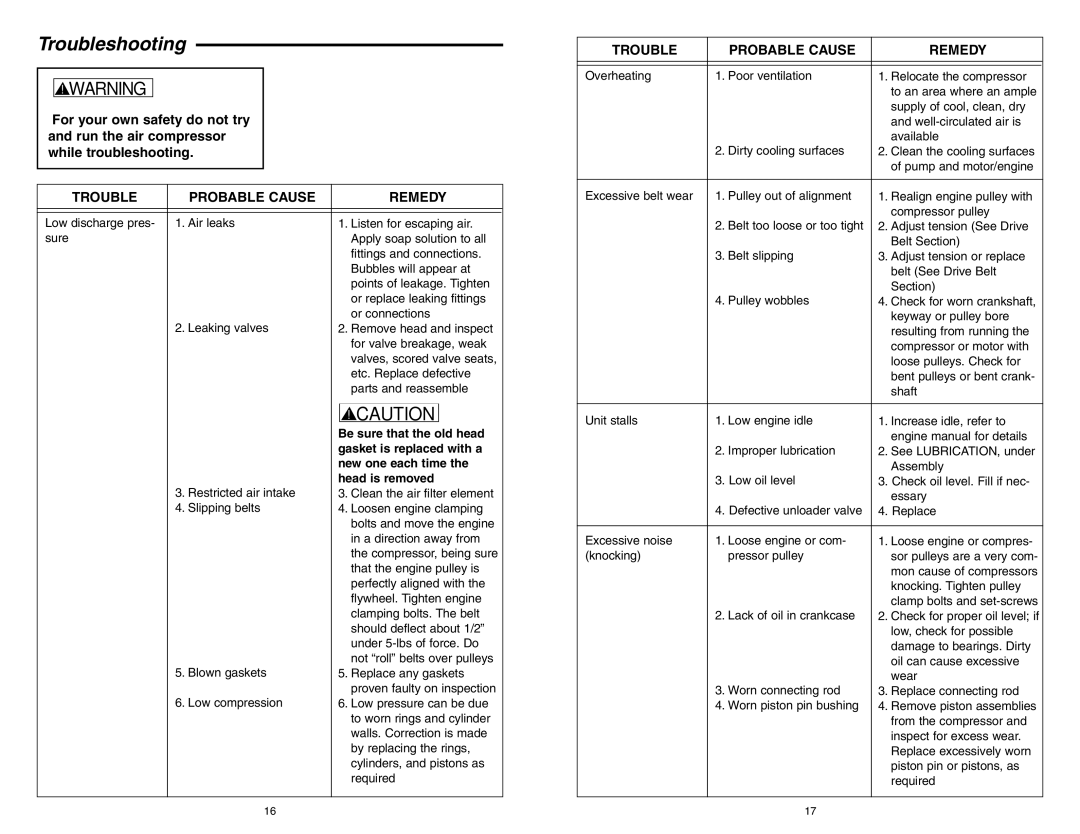GP90135 specifications
The RIDGID GP90135 is a remarkable piece of equipment, designed to meet the rigors of both professional and DIY projects. Its innovative design and robust functionality make it an indispensable tool for plumbers, contractors, and home improvement enthusiasts alike.One of the standout features of the GP90135 is its powerful performance. With a high-efficiency motor, this tool delivers robust torque and consistent power, ensuring that it can tackle even the toughest tasks with ease. This is particularly important when dealing with a variety of materials, as it allows for a smoother and more efficient workflow.
Another notable characteristic of the GP90135 is its advanced ergonomic design. RIDGID has prioritized user comfort, which is evident in the tool's lightweight construction and well-placed handles. These features reduce operator fatigue during extended use, making it more manageable for users to carry out demanding projects without discomfort.
The GP90135 also incorporates advanced technologies to enhance usability. Its built-in LED indicators provide real-time information on operation status, allowing users to manage their work effectively. This feature is invaluable when operating in low-light conditions or tight spaces where visibility is often compromised.
In terms of versatility, the RIDGID GP90135 is equipped with adjustable speed settings, enabling users to tailor the tool’s performance to specific tasks. Whether it’s drilling through tougher materials or making precision cuts, this tool provides the flexibility needed to achieve the best results.
Durability is another key characteristic of the GP90135. Constructed from high-quality materials, it is designed to withstand the wear and tear of daily use in demanding environments. This reliability not only extends the life of the tool but also ensures that it consistently performs at a high level.
Maintenance is simplified with the GP90135 as well. Its user-friendly design allows for easy access to essential components, ensuring that users can keep the tool in top condition with minimal effort.
Overall, the RIDGID GP90135 combines power, versatility, and ease of use. Its advanced features and technologies cater to the needs of a wide range of users, making it a valuable addition to any toolkit. Whether for professional applications or home improvement tasks, the GP90135 stands out as a reliable and effective solution.

